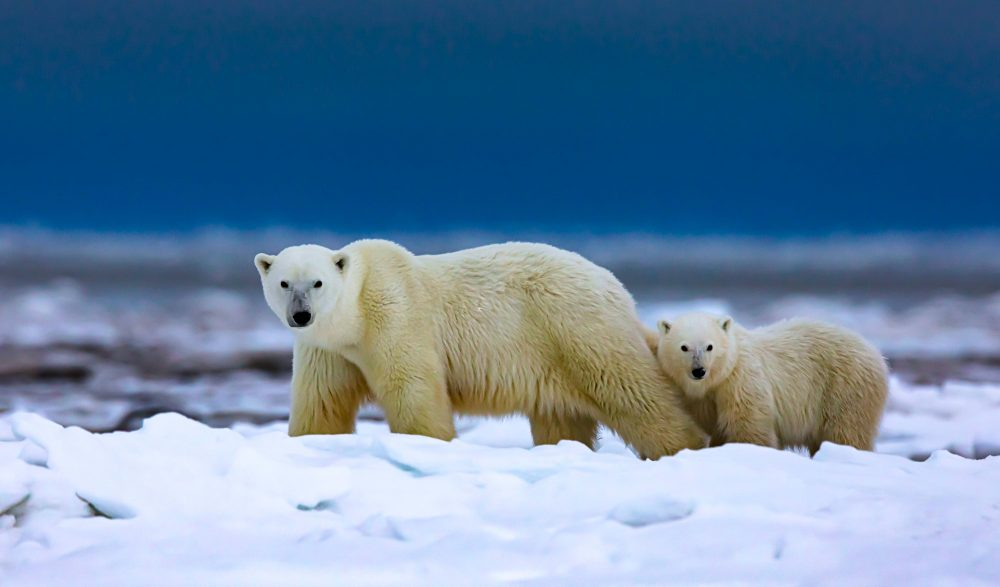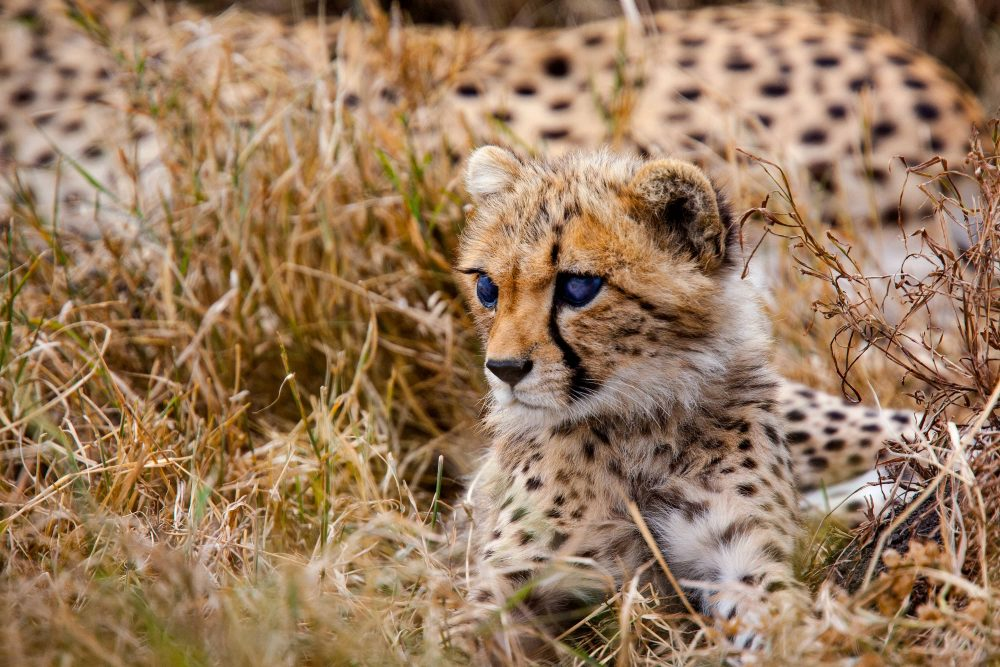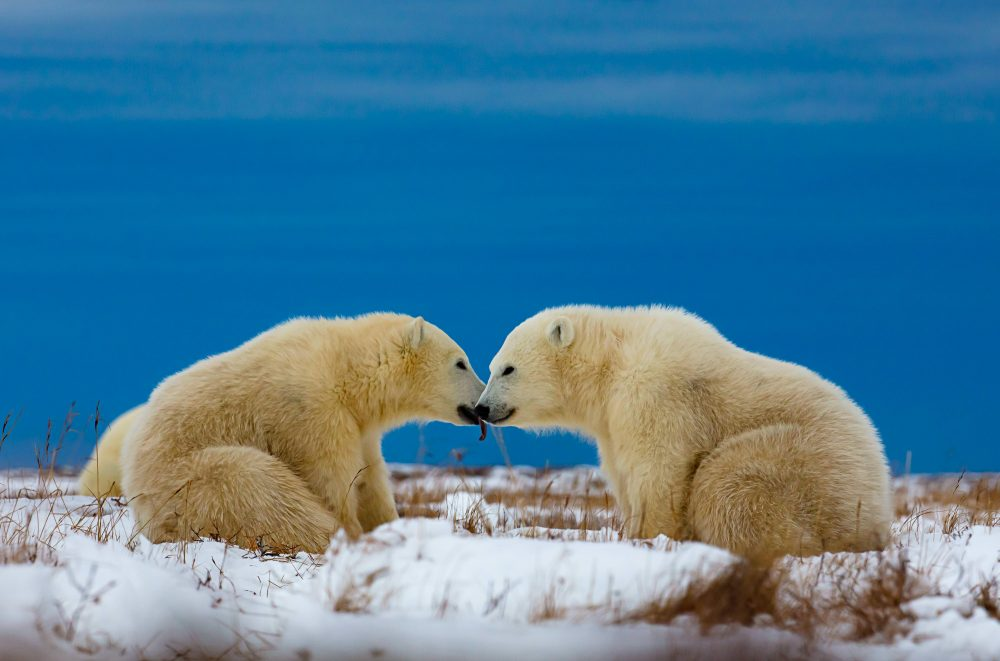For wildlife photographers, the world is a canvas of untamed landscapes, unpredictable creatures, and breathtaking light. Marko Dimitrijevic has traveled from the sun-scorched plains of Africa to the frozen expanses of the Arctic, capturing moments that few will ever witness firsthand. Each destination presents unique challenges and opportunities, and understanding these extremes is key to creating compelling wildlife photography.

Africa: The Heart of the Wild
Africa is often considered the ultimate destination for wildlife photographers. From the savannas of Kenya to the deserts of Namibia, the continent offers unparalleled diversity from elephants and lions to flamingos and cheetahs.
“The vastness of Africa is both humbling and inspiring,” Marko says. “You learn patience, timing, and observation in ways no classroom can teach.” Photography here demands early mornings, long waits, and constant awareness of animal behavior. Telephoto lenses are essential, and knowledge of local ecosystems helps predict animal movements. Lighting during the golden hours transforms everyday scenes into cinematic landscapes, creating iconic shots that capture the spirit of Africa.
The Arctic: A Frozen Challenge
At the other extreme lies the Arctic, a land of ice, snow, and silence. Polar bears, arctic foxes, and migrating birds inhabit this frozen expanse, each adapted to survive extreme conditions.
“Photographing in the Arctic is about endurance as much as skill,” Marko explains. “Subzero temperatures, strong winds, and treacherous terrain test both your body and equipment.” Specialized gear, such as insulated clothing, weatherproof camera bodies, and sturdy tripods, is essential. The Arctic’s unique lighting, including the ethereal glow of the northern lights, adds drama but also requires careful planning to capture correctly. Patience and timing remain the photographer’s greatest allies.
Rainforests: The Symphony of Life
Dense rainforests offer a completely different challenge. In regions like the Amazon or Southeast Asia, light filters through thick canopies, humidity is high, and wildlife can be fleeting and fast-moving.
“Rainforests teach you observation,” Marko notes. “You have to anticipate movement, listen for rustles, and watch patterns of light.” Wide-angle lenses help contextualize animals within their environment, while telephoto lenses allow intimate portraits without disturbing the ecosystem. Every photograph is a delicate balance of composition, light, and timing, capturing both the individual species and the rich, chaotic tapestry of the forest.
Mountains and Deserts: The Extremes of Elevation
High mountains and arid deserts present their own set of challenges. Altitude sickness, extreme heat, and unpredictable weather can test even experienced photographers. Yet these locations reward patience with dramatic landscapes and rare wildlife encounters.
“In the Himalayas, I’ve photographed snow leopards and mountain goats against towering peaks,” Marko shares. “In deserts, the light at dawn and dusk transforms barren landscapes into golden canvases.” Understanding terrain, carrying portable gear, and being prepared for rapid weather changes are essential skills for photographers in these environments.
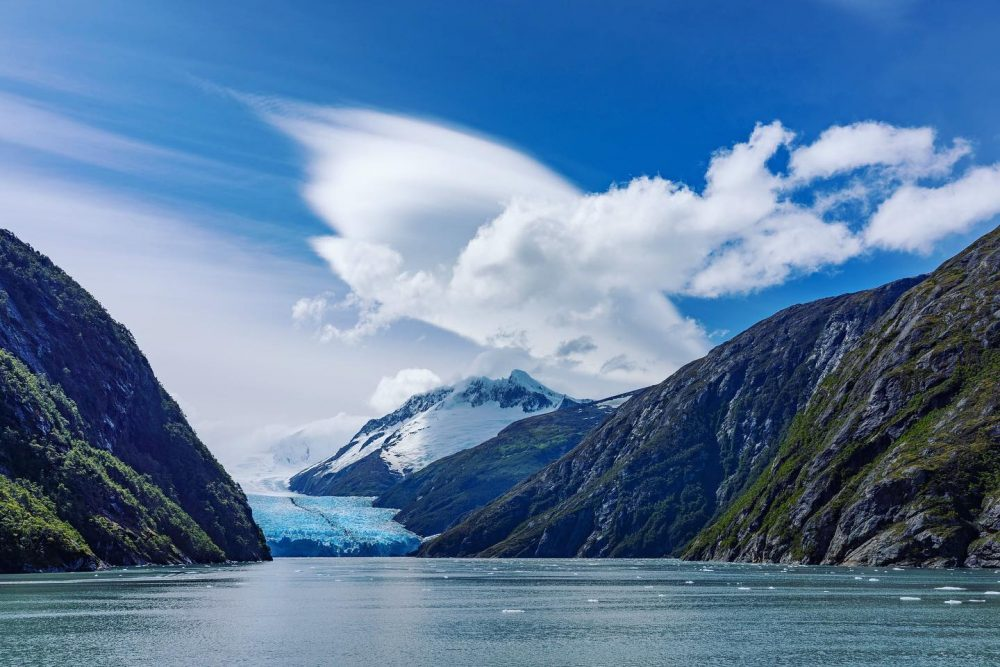
Planning for Extreme Destinations
Success in extreme destinations requires preparation. Marko emphasizes research, physical conditioning, and flexibility. Understanding migration patterns, seasonal changes, and local ecosystems allows photographers to position themselves for the most meaningful encounters.
“Preparation is the difference between capturing a fleeting moment and returning empty-handed,” he explains. Local guides and knowledge of cultural norms also enhance both safety and experience, creating opportunities to access places and subjects that might otherwise remain out of reach.
Ethical Considerations Across Landscapes
Regardless of the destination, ethical practices remain central. Marko never disturbs animals, manipulates their environment, or takes risks that could harm wildlife. Respecting nature ensures that each photograph is authentic and that ecosystems remain protected for future photographers and generations of wildlife alike.
“Adventure and responsibility go hand in hand,” he stresses. “The goal is to tell the story of these places without leaving a trace.”
Embracing the Adventure
The appeal of photographing the world’s wildest places lies not just in the final image, but in the journey itself. Extreme environments test resilience, creativity, and observation, creating unforgettable experiences that shape a photographer’s approach and perspective.
“Every trek, dive, or climb is part of the story,” Marko says. “The adventure informs the photograph, giving it depth, emotion, and authenticity that cannot be replicated in a controlled setting.”
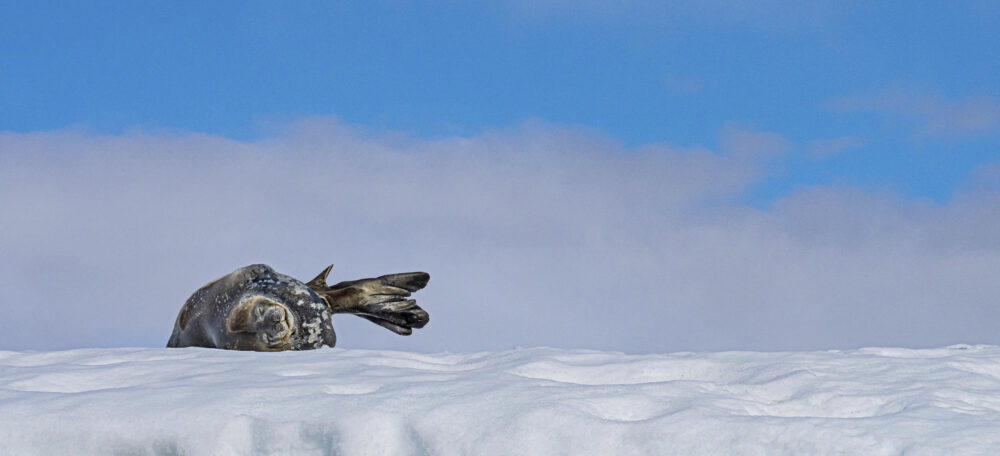
Inspiring Others to Explore
Marko’s guide serves as inspiration for both photographers and nature enthusiasts. Each location offers lessons in patience, observation, and respect, showing that wildlife photography is not simply about capturing beauty, it is about connecting with the planet in ways that foster understanding and conservation.
By traveling to Africa, the Arctic, rainforests, mountains, and deserts, photographers can explore diverse ecosystems, witness rare behaviors, and share stories that might otherwise remain unseen. The wild challenges and rewards those willing to venture into it, making every captured image a testament to adventure, skill, and respect.
